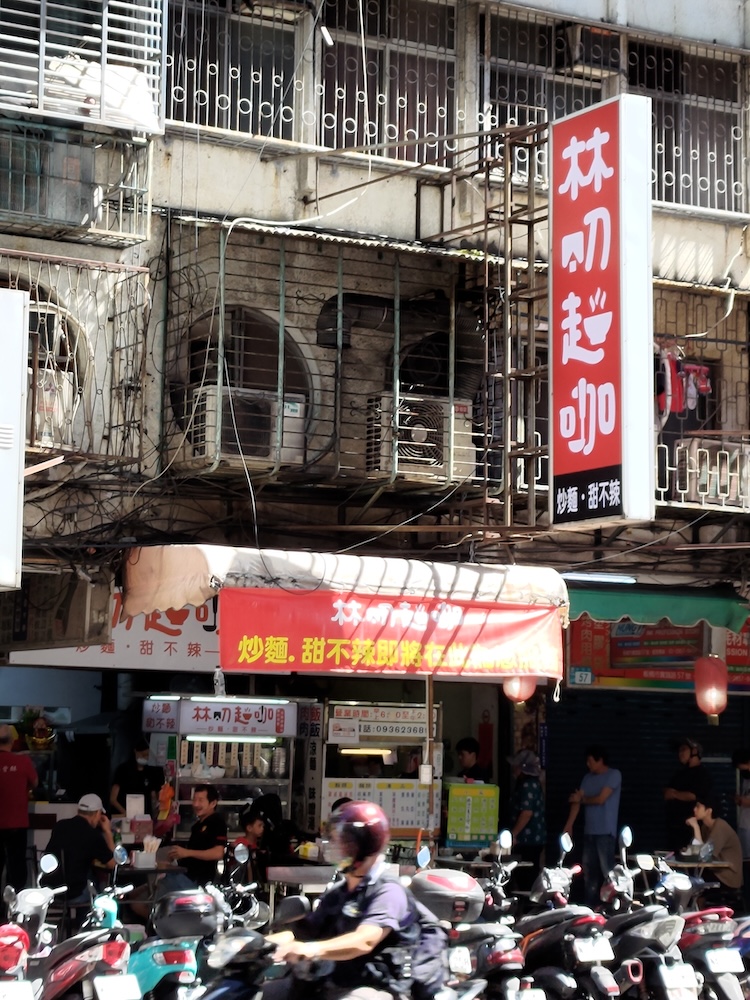Earliest alphabet
"Oldest Alphabet Discovered in Ancient Syrian Tomb Redefines History of Writing", by Chrissy Newton, Debrief (November 21, 2024)
A research team at Johns Hopkins University has discovered evidence of the world’s oldest alphabetic writing, carved onto finger-length clay cylinders, outdating other scripts by 500 years.
Recovered during excavations in a tomb in Syria, the writing is believed to date to around 2400 BCE. This new finding disrupts how archaeologists understand where the alphabet originated, and how it was shared across civilizations, societies, and cultures, leaving anthropologists with new questions about what the findings mean for early urban civilizations.
“Alphabets revolutionized writing by making it accessible to people beyond royalty and the socially elite,” said Glenn Schwartz, a professor of archaeology at Johns Hopkins University who discovered the clay cylinders in a statement. “Alphabetic writing changed the way people lived, how they thought, how they communicated.”
“And this new discovery shows that people were experimenting with new communication technologies much earlier and in a different location than we had imagined before now,” he added. Schwartz will share details of his discovery on Thursday, Nov. 21, at the American Society of Overseas Research’s Annual Meeting.
Read the rest of this entry »
